Darrell and I thought it might be interesting to create a blog of a student’s perspective on global health issues and the challenges and rewards of volunteering abroad. I’ll also be writing about my experience at St. Albert’s once I’m there. We hope that this blog will encourage discussion and interest in international health issues from both students and other potential volunteers.
For this first issue, I thought it would be relevant to focus on the global HIV/AIDS pandemic, since this Wednesday, December 1st marks World AIDS Day. Although many advances have been made in the last several years in terms of the availability of antiretroviral drugs and access to treatment, HIV/AIDS remains a significant health issue for most of the developing world.
World Mapper, a website run as a partnership between the University of Sheffield and the University of Michigan, does a great job of illuminating the burden that the developing world carries when it comes to the HIV/AIDS epidemic. The first graphic below shows the world map as a function of population; while the second shows the map as a function of HIV/AIDS prevalence. As you can see, while sub-Saharan Africa has a small percentage of the overall world population, it has, by far, the largest prevalence of HIV/AIDS.
Population:
Prevalence of HIV/AIDS:
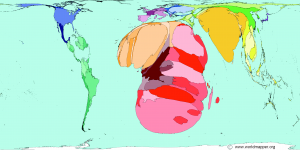
A few statistics from the World Health Organization will give you a better idea of the overall picture:
- In 2008, there were 33.4 million people living with HIV, with 2.0 million AIDS deaths and 2.7 million new infections that year
- Many of those cases of HIV/AIDS are concentrated in certain areas of the globe, particularly in sub-Saharan Africa. As you can see in the diagram below, Zimbabwe is one of the countries with the highest prevalence of adults with HIV/AIDS:
- Access to antiretroviral medications is improving. However, while these drugs are readily available in the US, they are still difficult to come by in places like Zimbabwe. Globally, in 2008, approximately 4 million people received treatment. 58% of individuals who needed ARV treatment did not receive it, however:
In Zimbabwe, the HIV/AIDS epidemic is particularly severe. In 2007, Zimbabwe had approximately 1.3 million people living with HIV/AIDS, and 1 million AIDS orphans. The HIV prevalence rate is approximately 16%, down from a peak of 30% in 1997-1998.
- Although the number of sites providing antiretroviral therapy has risen to 89 in 2007 (from 48 in 2005), only approximately 98,000 of the 570,000 individuals who need ARV treatment are receiving it. This represents an ARV coverage rate of only 19%.
- Only 29% of pregnant women with HIV received antiretroviral therapy to prevent mother-to-child transmission of HIV in 2007
- In 2007, Zimbabwe had approximately 140,000 deaths due to HIV/AIDS.
December 1st, was World AIDS Day. Please take some time this week to reflect on the global pandemic of HIV/AIDS and on what you can do to help. At St. Albert’s, antiretrovirals are scarce, but available. Dr. Tarira is doing all she can to help fight the epidemic, despite limited resources. If you are able, please consider making a donation to St. Albert’s in honor of World AIDS Day, by clicking here: https://betterhealthcareforafrica.org/donate/
Thanks for reading, and please check back often for updates!
In peace and solidarity,
Abby
References:
- Epidemiological Fact Sheet on HIV and AIDS, Zimbabwe. 2008 Update. The World Health Organization. Accessible online at: http://www.who.int/countries/zwe/en/
- HIV/AIDS. The World Health Organization. Accessible online at: http://www.who.int/topics/hiv_aids/en/.
- Population and HIV/AIDS reference maps. World Mapper. Accessible online at: http://www.worldmapper.org/.
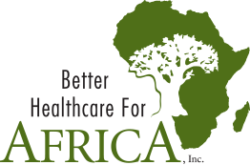
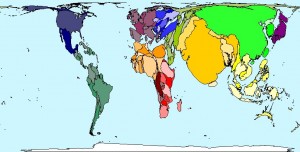
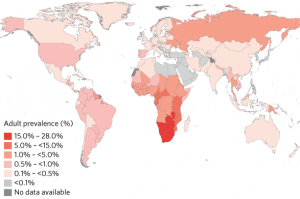
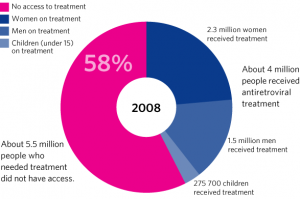
Good luck on your journey, Abby! I hope this is a wonderful experience, and I look forward to reading more.
Very informative post – I look forward to reading and learning more!